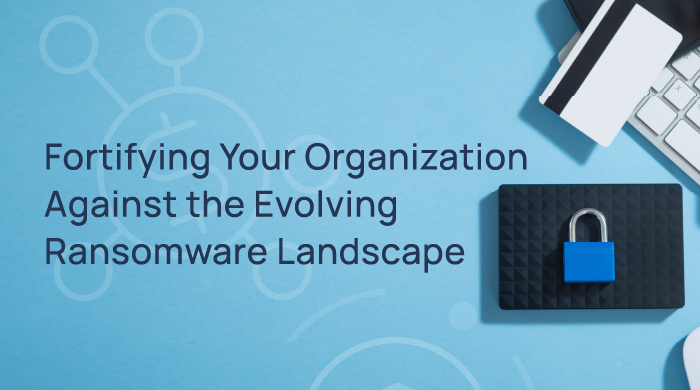In today’s digital landscape, ransomware poses a formidable threat to organizations of all sizes. To combat this, ransomware attack simulations have become a vital tool. This article delves into the crucial aspects of these simulations, drawing from a variety of expert sources.
The Essence of Ransomware Simulation
Ransomware attack simulation involves creating a controlled environment where a mock ransomware attack is executed. This practice is essential for assessing and enhancing an organization’s cybersecurity measures against actual ransomware attacks.
Core Steps in Ransomware Simulation
- Initial Assessment and Planning: This step involves using threat intelligence to identify the most probable ransomware threats and planning the simulation around these findings.
- Executing the Simulation: Here, a controlled ransomware attack is carried out, targeting specific areas of the organization’s infrastructure to assess the effectiveness of current security measures.
- Evaluating Response and Recovery: Post-simulation, the focus is on analyzing the response to the attack, identifying gaps in the defense strategy, and improving the overall resilience of the organization.
Crucial Aspects of Ransomware Simulation
- Command and Control (C2) Implementation: A critical aspect is simulating the C2 communication typically used by ransomware to manage the attack.
- Realistic Encryption Behavior: Simulations often include the encryption of test files to mimic ransomware behavior, without causing actual harm.
- Detection Strategies: Utilizing various indicators and tactics, such as KPIs and understanding common ransomware TTPs, is essential for early detection and mitigation of these attacks.
Leveraging Simulation Frameworks and Tools
Frameworks like MITRE ATT&CK are instrumental in understanding attacker tactics and improving defense strategies. Tools like firedrill and MITRE CALDERA provide platforms for simulating various ransomware attack scenarios.
Benefits of Conducting Ransomware Simulations
- Enhanced Understanding of Threats: Simulations provide insights into potential ransomware attack strategies and their impact.
- Identification of Vulnerabilities: They help in pinpointing specific security weaknesses that ransomware might exploit.
- Preparedness for Real Attacks: By simulating attacks, organizations can better prepare for actual ransomware incidents.
Key Considerations in Ransomware Simulations
- Safety of Simulations: Ensuring that the simulations do not inadvertently damage the organization’s infrastructure.
- Realism and Accuracy: The simulations should closely mimic real ransomware attack patterns and behaviors.
- Comprehensive Approach: Including various elements like data exfiltration, encryption, and C2 activities in the simulation for a thorough assessmen
